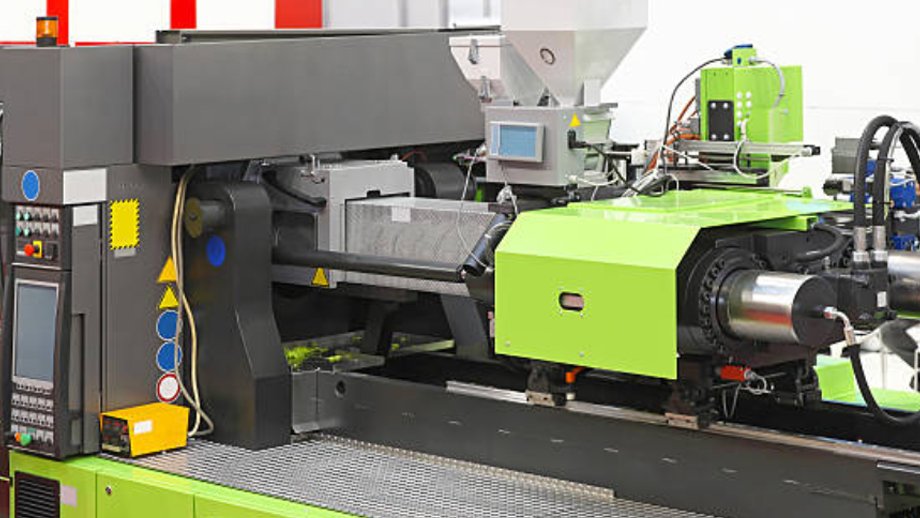Injection molding is a widely-used manufacturing process that involves injecting molten material into a mold to produce a specific shape or form. This method is commonly used in the production of various plastic products, such as toys, automotive parts, and medical devices. However, one of the common problems encountered in injection molding is shrinkage. Shrinkage happens when the final product is smaller than the intended size, which can cause significant issues in the product’s functionality and quality.
In this article, we will discuss how injection molding temperature and speed can cause shrinkage in products. We will also provide some tips on how to prevent shrinkage and improve the quality of your injection-molded products.

What is Injection Molding?
Before we dive into the causes of shrinkage, let us first understand how injection molding works.
Injection molding involves four main stages: clamping, injection, cooling, and ejection. First, the mold is clamped shut, and the molten material is injected into the mold cavity. The material is then cooled and solidified to form the final product. Lastly, the product is ejected from the mold, and the process repeats.
Injection molding is an efficient and cost-effective way of manufacturing plastic products in large quantities. However, it requires careful attention to detail to ensure that the final product meets the desired specifications.
What Causes Shrinkage in Injection Molding?
Shrinkage is a common problem in injection molding. It occurs when the final product is smaller than the intended size due to the material shrinking as it cools and solidifies. There are several reasons why shrinkage occurs in injection molding, including:
Injection Molding Temperature
The temperature of the molten material during injection molding is crucial in determining the final product’s size and shape. If the material is too hot, it can shrink as it cools and solidifies, resulting in a smaller product. Conversely, if the material is too cold, it can cause warping and other defects in the product.
Injection Molding Speed
The injection speed also plays a significant role in preventing shrinkage in injection molding. If the injection speed is too high, the material can be pushed into the mold too quickly, resulting in a smaller product. On the other hand, if the injection speed is too low, the material can take longer to fill the mold, resulting in a larger product.
How to Prevent Shrinkage in Injection Molding?

Preventing shrinkage in injection molding requires careful attention to detail in the manufacturing process. Here are some tips on how to prevent shrinkage and improve the quality of your injection-molded products:
Optimize Injection Molding Temperature
To prevent shrinkage, it is crucial to optimize the injection molding temperature. The temperature should be set according to the material’s melting point and the mold’s temperature. The mold’s temperature should be set slightly higher than the material’s melting point to prevent the material from cooling too quickly and shrinking.
Control Injection Molding Speed
The injection speed should also be carefully controlled to prevent shrinkage. The speed should be set according to the material’s viscosity and the mold’s shape. If the mold has complex shapes or thin walls, a slower injection speed is recommended to prevent the material from cooling too quickly and shrinking.
Use High-Quality Injection Molding Equipment
Using high-quality injection molding equipment can also help prevent shrinkage. High-quality equipment can provide precise control over the injection speed and temperature, ensuring that the final product meets the desired specifications.
Perform Regular Maintenance and Calibration
Regular maintenance and calibration of injection molding equipment are crucial in preventing shrinkage. Equipment that is not properly maintained or calibrated can lead to inconsistent injection speeds and temperatures, resulting in shrinkage and other defects in the final product.
Conclusion
Shrinkage is a common problem in injection molding that can affect the quality and functionality of the final product. Injection molding temperature and speed are the main culprits behind shrinkage, but they can be prevented by optimizing the temperature and controlling the injection speed. Additionally, using high-quality equipment and performing regular maintenance and calibration can also help prevent shrinkage and improve the quality of your injection-molded products. At JS Precision, we specialize in injection molding and can provide high-quality products that meet your specifications. Contact us today to learn more about our services.
